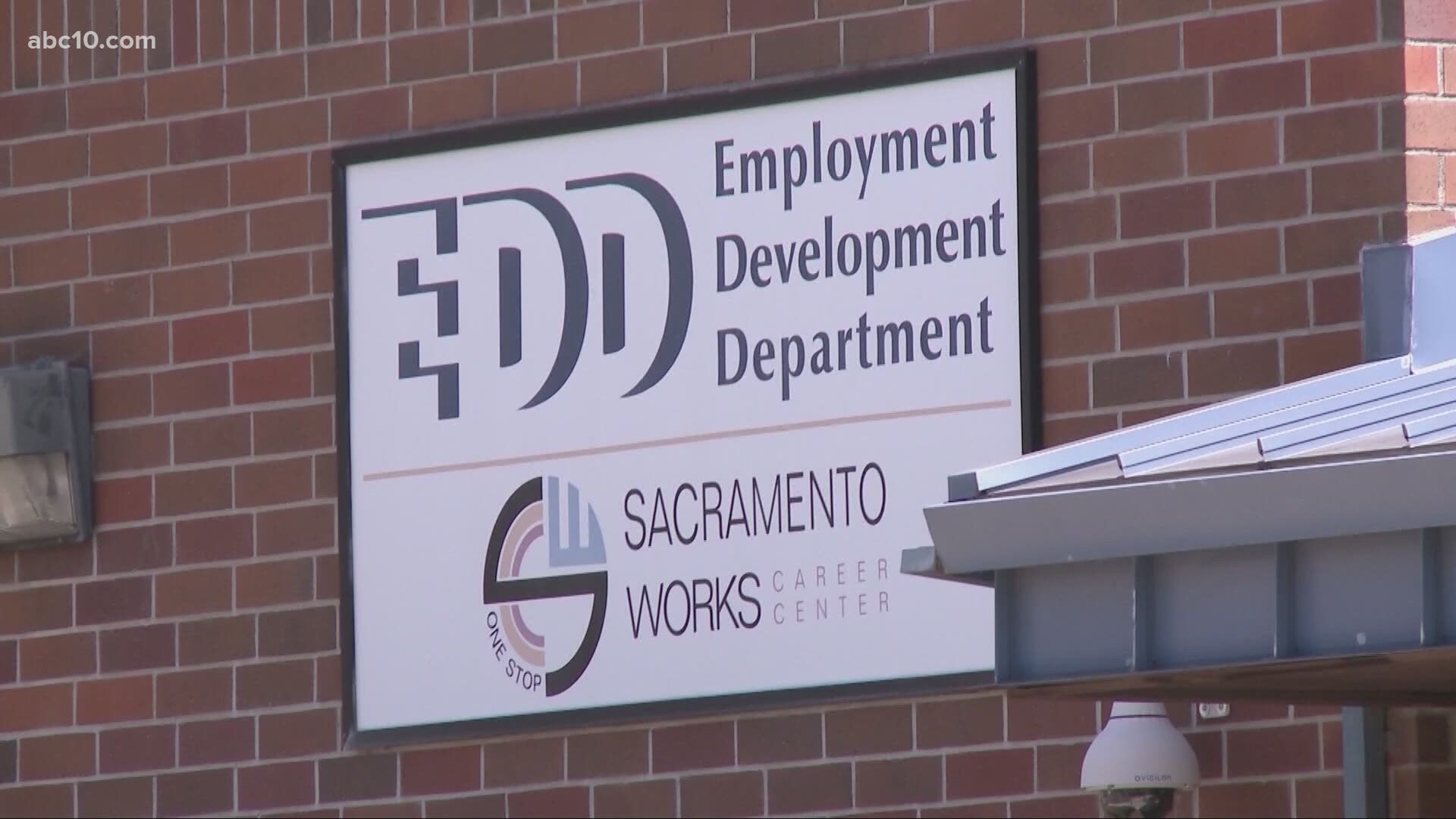SACRAMENTO, Calif — For 65 years, the California Supreme Court has taken a rigid line on pensions for public employees: Any retirement benefits promised to a worker at the outset of a job can only be reduced if they are replaced with something of equal value. That iron-clad precedent has been dubbed “the California Rule.”
Today the state’s high court carved a little wiggle room into that rule.
In a case filed by the Alameda County Deputy Sheriff’s Association, the court found that the county was within its rights to exclude certain forms of bonus pay and overtime when determining the future pension calculations of current employees.
Pension hawks have long derided “pension spiking” — artificially boosting retirement benefits by evoking sick leave or running up overtime just before retirement — as abusive. The court agreed.
But the Supreme Court stopped short of out-and-out nixing the California Rule.
In the 90-page opinion written by Chief Justice Tani Cantil-Sakauye, the court found that “closing loopholes and preventing abuse of the pension system” was consistent with state law that otherwise makes it exceedingly difficult to renege on promised pension benefits for future work.
All seven justices agreed with that logic, with Justice Mariano-Florentino Cuéllar writing his own concurring opinion.
The ruling may come at a fortuitous time for public pensions, which amid ever-growing liabilities to current and future retirees are likely to see dismal investment returns during the current catastrophic economic slowdown.
“Public services are being cut across California, some jurisdictions have already announced layoffs and furloughs of public employees, and many counties and cities are struggling to pay for their pension liabilities,” the governor’s lawyer Rei Onishi argued in May.
The decision avoids a dramatic conclusion on either side of the widely watched issue.
The central conflict in the case was between the court’s long-standing precedent and a 2012 law signed by Gov. Jerry Brown called the Public Employee Pension Reform Act. That law placed new restrictions on the types of pay that can be factored into an employer’s final retirement pension calculations.
Public-sector unions have spent the last eight years arguing that that the law violates the California Rule.
Today’s ruling squared that circle by arguing that while the California Rule requires Alameda County to replace any benefits stripped from employees with something of equal value, in this case, the benefits “should not have been available to county employees in the first place.”
“The court has kind of had its cake and eaten it too,” said Gregg Adam, a labor lawyer who has argued pension cases on behalf of unions before the court.
But in opening a crack in the California Rule, however narrow, the decision is likely to invite more litigation and legislation.
Those concerned about rising public pension costs are likely to ask, “What did we get away with in (the act) and how can we push the envelope next time?” said Adam. “It’s probably great news for pension lawyers.”

